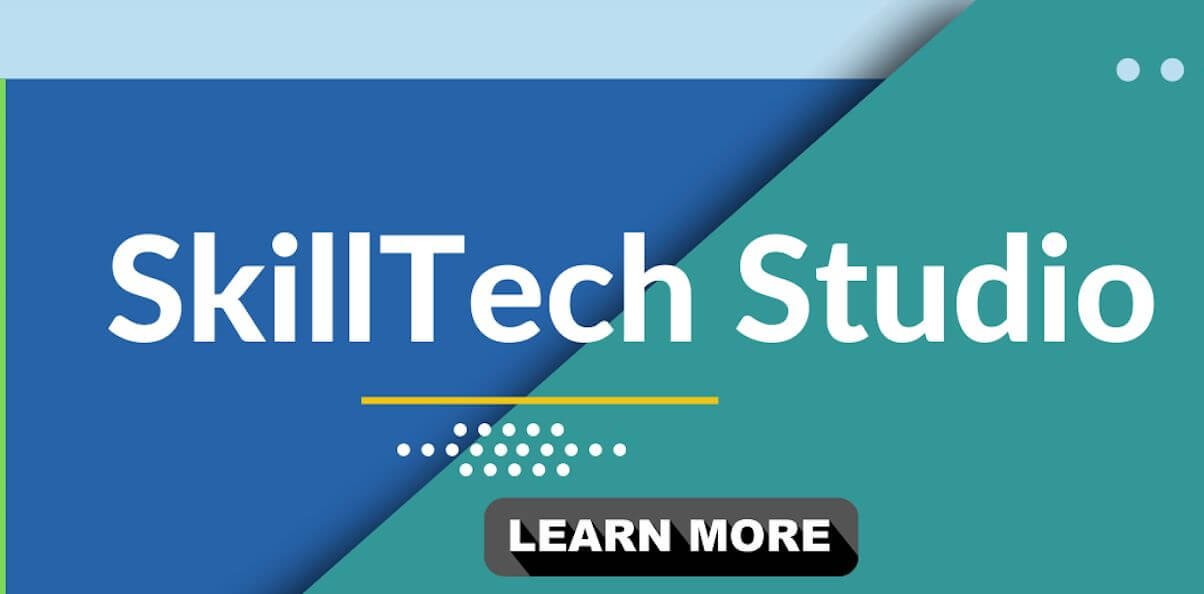National Skills Qualification Framework’s (NSQF) move from a rigid 10-level staircase to an agile 8-level framework is more than a technical tweak; it’s a practical reboot of how India recognises learning. Aligned with NEP 2020 and the National Credit Framework (NCrF), the revised NSQF makes room for shorter, competency-based learning, stackable micro-credentials and clearer career pathways. This article brings together the key aspects of the revised NSQF levels, their descriptors, the role of micro-credentials, and their significance in shaping skill education under NEP 2020.

NSQF Revised Levels — Part 1
The revised NSQF simplifies progression by reducing nominal steps from ten to eight and introduces intermediate “half-levels” (e.g., 2 → 2.5 → 3) to reflect real-world learning that doesn’t always fit neat year-long programmes. This structural change is intended to harmonise NSQF with the National Credit Framework, making credit assignment, stacking of short courses and lateral movement between vocational and academic streams simpler and more transparent. The revision was developed through a collaborative process involving UGC, BSC, NCVET, AICTE, DGT and NIOS, and builds on the framework first issued in 2013 and updated in June 2023.
For learners, the key benefit is flexibility: someone can accumulate credits over time, move between work and study, and have their competencies recognised at incremental levels. For institutions and employers, the new structure clarifies the skill expectations at each level and encourages modular, outcome-based course design that’s easier to align with industry needs. Click here to watch the video on part 1!
NSQF Revised Levels — Part 2: Level Descriptors
Part 2 drills into level descriptors; the measurable statements that describe what a learner at each NSQF level should know, be able to do, and the responsibility they can handle.
The revised approach organises descriptors into five practical dimensions:
- Professional theoretical knowledge
- Professional and technical skills
- Employability skills and aptitude (21st-century skills)
- Learning outcomes (measurable performance)
- Responsibility (degree of autonomy)
These dimensions together give assessors, educators and employers clearer anchors when allocating levels to programmes or qualifications.
Because descriptors are outcome-focused, they help in mapping diverse learning routes (formal, non-formal, on-the-job) to a common standard, enabling validation, credit transfer and recognition of prior learning. This clarity is crucial for sectors with fast-moving roles; healthcare, retail, manufacturing and IT, where job tasks evolve rapidly and training must keep pace. Read more…
Click here to watch the video on part 2!
Webinar — The Importance of NSQF Levels in Skill Education
This webinar frames NSQF as an implementation instrument for NEP 2020’s ambitions: mainstream vocational learning, enable multidisciplinary progression, and create work-integrated learning pathways. Speakers discuss practical steps for institutions to map curriculum to NSQF levels, design assessment strategies, and collaborate with industry partners so learning outcomes match workplace realities. The session is particularly useful for college leaders, training partners and assessment bodies who must operationalise the revised descriptors in programme design and certification.
If you want a practitioner’s view on translating policy into classroom and workplace practice, the webinar includes cases and Q&A on credit assignment, recognition of prior learning (RPL) and the administrative changes needed to adopt stackable credentials.
How Micro-Credentials Align with Skill Courses through NSQF
Micro-credentials are short, focused, competency-based awards that are naturally complementary to the revised NSQF and the NCrF. Because NSQF now supports modular progression and the NCrF quantifies learning in notional hours (one credit ≈ 30 hours), micro-credentials can be assigned credit values and stacked into larger qualifications. That makes them ideal for working learners, professionals needing fast reskilling, and industries that want tightly targeted training (for example, CNC modules for manufacturing or guest-experience modules for hospitality).
A practical three-step alignment process is suggested:
- Map course learning outcomes to NSQF competencies
- Assign credits per NCrF (and design progressive stacking pathways)
- Validate learning with robust, work-relevant assessments and certification that explicitly state NSQF level and credits
The article also highlights RPL as a high-value use case; helping experienced but uncertified workers (like kitchen assistants or technicians) convert on-job skills into recognized credentials that accelerate career mobility.
Micro-credentials combine flexibility, industry relevance and stackability; they reduce time-to-value for learners and give employers clearer signals of job-readiness. For institutions, the immediate task is to design modular curricula, partner with industry for assessment/validation, and adopt digital credentials that record both NSQF level and credit.
NSQF as a Catalyst for Skill Education
The revised NSQF is a pragmatic bridge between NEP 2020’s vision and the reality of work: fewer rigid steps, clearer outcome descriptors, and a structure that welcomes micro-learning and credit stacking. For educators and training providers the immediate priorities are competency mapping, modular course design, industry-aligned assessment and transparent crediting (NCrF). For industry and employers, embracing NSQF-rated micro-credentials and participating in validation will speed hiring, reduce mismatch and broaden talent pipelines. In short — the policy reset is only valuable if institutions, employers and assessment bodies convert the framework into everyday practice.
















